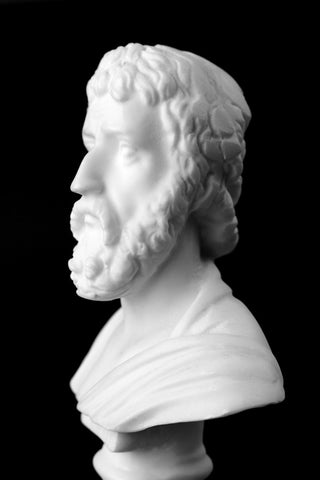
John Godber and The Beatles
£14.95
Performance Contexts 1 provides an introduction to the study of practitioners in drama, dance and music. The unit is assessed by means of a written examination paper lasting two hours. Candidates must answer two questions, each on a practitioner from a different art form; this means that drama, in this unit, is studied alongside at least one other art form, either dance or music.
To give their students a broader choice in the examination, many schools and colleges teach all three art forms, but this is not a requirement. In this scheme of work, I have covered a practitioner in drama and a practitioner in music. The examination is available in either January or June, and it is worth considering these alternative dates when deciding what period of time should be covered in the delivery of the course’s modules.
Content of the unit: The rationale behind studying a practitioner is to provide students with a straightforward way of understanding how pieces of performance are put together and how they fit into broader social, cultural and historical contexts.
For AS students, it is generally easier to draw out trends when studying a work by a practitioner than it is to study a broad topic and find examples to support specific points. The focus of this unit is, therefore, on the work of the practitioner being studied, concentrating on one major work, the choice of which is very important, as its content has to be broad enough to exemplify significant trends in the output of the practitioner within their art form. For each work studied, there are five areas that will need to be investigated.
These overlap to some extent, but in this scheme of work, we shall treat them as separate aspects:
To give their students a broader choice in the examination, many schools and colleges teach all three art forms, but this is not a requirement. In this scheme of work, I have covered a practitioner in drama and a practitioner in music. The examination is available in either January or June, and it is worth considering these alternative dates when deciding what period of time should be covered in the delivery of the course’s modules.
Content of the unit: The rationale behind studying a practitioner is to provide students with a straightforward way of understanding how pieces of performance are put together and how they fit into broader social, cultural and historical contexts.
For AS students, it is generally easier to draw out trends when studying a work by a practitioner than it is to study a broad topic and find examples to support specific points. The focus of this unit is, therefore, on the work of the practitioner being studied, concentrating on one major work, the choice of which is very important, as its content has to be broad enough to exemplify significant trends in the output of the practitioner within their art form. For each work studied, there are five areas that will need to be investigated.
These overlap to some extent, but in this scheme of work, we shall treat them as separate aspects:
- Structure and form
- Elements of the performing arts
- Performance techniques
- Stylistic influences
- Cultural, historical and social context
Number of Lessons: n/a




